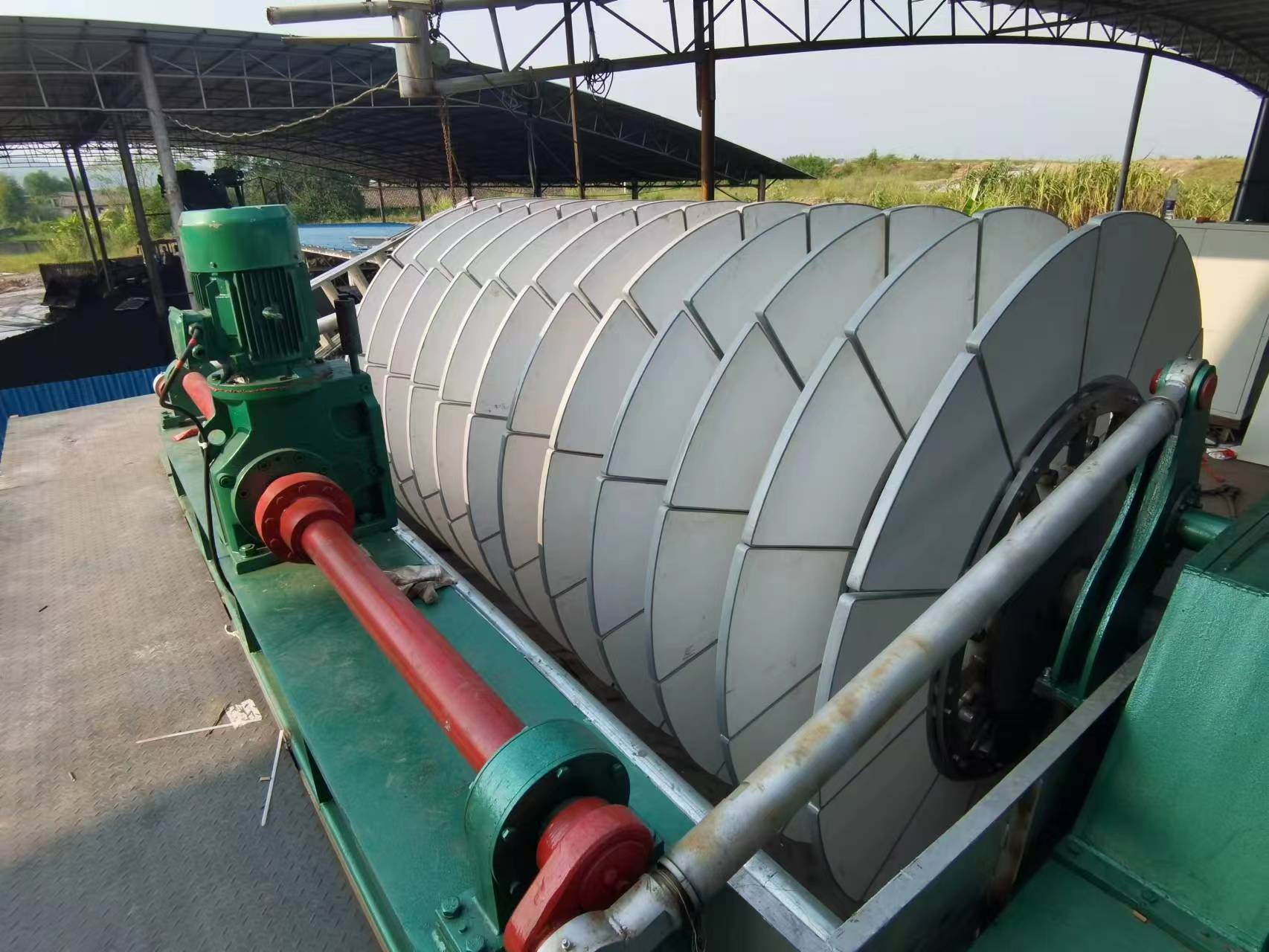
ABOUT US
企业简介
九游网页版·官方端入口前身是南京银兴机械设备修造厂,是江苏银茂控股集团公司控股的股份制企业。我公司是一家矿山设备的专业制造公司,具有40多年的矿山设备生产历史。公司依托矿山、服务矿山,在矿山设备的研制上不断创新,坚持走产、学、研相结台的发展道路,积累了丰富的经验。在制造矿山设备与维护过程中,吸收各类矿山设备的优点和特色,开发出具有银茂特色的并有自主知识产权的陶瓷过滤机系列产品,深受广大客户的好评和赞誉。
公司秉持“以质量求生存,以信息拓市场,用信誉谋发展”的宗旨,倡导“质量至上,恪守诚信,真诚服务,用户满意”的质量方针,狠抓企业内部管理。严格执行IS09001国际质量管理体系认证标准和GB/T28001-2001职业健康安全管理体系的认证标准运行。
公司借助集团公司成立的江苏省有色金属采选工程技术研究中心的优势,可为兄弟矿山提供选矿试验研究;中、小型选矿厂工程设计;机械设计与制造;设备安装调试和人员培训的一条龙服务。提供国内先进的有色金属选矿厂实例供兄弟矿山参观、交流、考察和借鉴。
服务热线
13951906306
地址:南京市栖霞区广月路8号
Copyright © 2019 九游网页版·官方端入口 All Rights Reserved. 苏ICP备11049364号 技术支持:中企动力 南京 SEO标签



















